#IUCNREDlist
Explore tagged Tumblr posts
Text

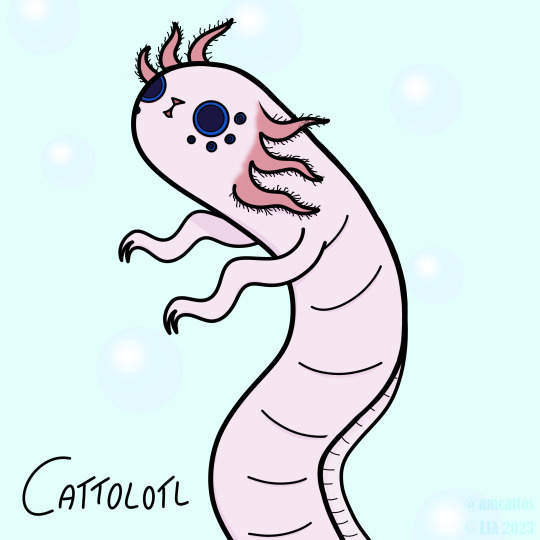
© LIA 2023
Cattolotl (CR)
Axolotls (Ambystoma mexicanum) may be pretty popular pets and internet stars with their silly antics and strange appearance but unfortunately in the wild, they are now critically endangered. They remain at only three sites and their population is estimated to be between 50 to 1000 individuals. Their decline has been mainly attributed to the increasing urbanisation of Mexico City resulting in pollution and desiccation of their aquatic home. Previous collection for the international pet trade, local consumption, and the introduction of invasive carp and tilapia have also threatened the species.
Find out more on the IUCN RedList website.
#catto#illustration#cat#alien#monster#digital illustration#art#axolotl#pink#iucnredlist#iucn#iucn red list#endangered species#endangered#critically endangered
3 notes
·
View notes
Text
IUCN Red Lists 2024: Growing Emergency for Species at Risk, Now Including the European Hedgehog
The IUCN Red Lists of Threatened Species represent an inventory of the global conservation status and extinction risk of biological species. Based on threat levels, species are categorized as: Not Evaluated, Data Deficient, Least Concern, Near Threatened, Vulnerable, Endangered, Critically Endangered, Extinct in the Wild, Extinct. A new update to these lists was published on October 28, now including 166,061 species, 46,337 of which are threatened with extinction. The global trend shows a severe decline across many species groups.
Among the most critical situations is the decline of migratory shorebird populations worldwide, with 16 species reclassified into higher threat categories. For example, the Grey Plover (Pluvialis squatarola) and Curlew Sandpiper (Calidris ferruginea), whose populations have decreased by 30%, were reclassified as Vulnerable and Near Threatened, respectively.
Other animal species are now classified as "Critically Endangered," meaning extinction could be imminent if their decline continues. Among these, the Manus Island spiny rat (Rattus detentus), last seen in 2016 in Papua New Guinea's Bismarck Archipelago, is threatened by invasive predators and habitat degradation. The Nyanga rinkhals (Hemachatus nyangensis), a snake in Zimbabwe's Eastern Highlands, faces habitat transformation and invasive plants, with no sightings since 1988. The Vietnam pheasant (Lophura edwardsi), not seen in the wild since 2000, suffers from deforestation and hunting, and ex-situ conservation programs are underway.
Corals are also struggling for survival: 44% of hard coral species are threatened, an 11% increase since 2008. Among the most affected is the Acropora genus, with 99 out of 150 species now at risk.
Another distressing case is the Western European hedgehog (Erinaceus europaeus), now classified as Near Threatened. Its population has plummeted in the last decade due to human pressure, particularly from agricultural intensification and urban development.
For the first time, most of the world’s tree species have been included in the Red List: at least 16,425 out of 47,282 species assessed, or over a third, are at risk of extinction. Island species, in particular, face severe threats due to urban development, pests, diseases, and invasive species. Trees are essential to ecosystems; their loss would compromise the survival of thousands of other species, destabilize carbon, water, and nutrient cycles, and disrupt soil formation and climate regulation.
This update of the IUCN Red Lists is not only a barometer of global biodiversity but also emphasizes the urgent need for coordinated conservation actions to prevent our planet from losing precious elements of its biological wealth.
See you soon and Good Science!
source
pic by Jörg Hempel

#IUCNRedList#SpeciesAtRisk#EuropeanHedgehog#BiodiversityEmergency#EndangeredSpecies#ConservationUrgency#WildlifeDecline#ProtectNature#GlobalBiodiversity#TreeExtinction#CoralThreat#DropsOfScience#NaturalSciences#ScienceNews
1 note
·
View note
Text
Preserving the markhor and its natural habitat is an ecological imperative.
May 24, 2024 marks 1st-ever International Day of the Markhor. Preserving the markhor and its natural habitat is an ecological imperative. It was categorized as “near threatened” in 2014 and is on IUCNRedList , and has been included in Appendix I to CITES since 1992.
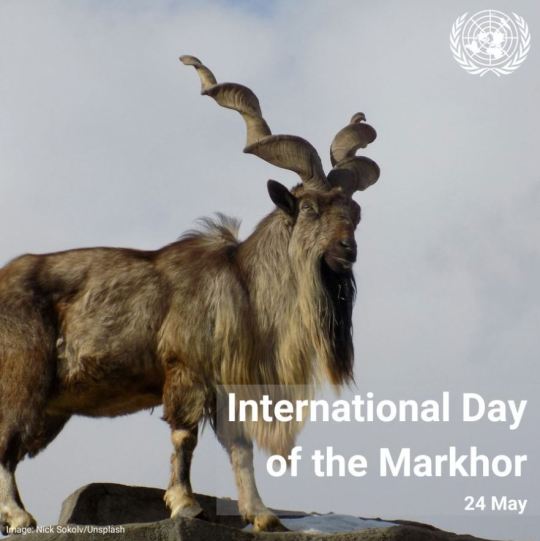
#CITES#convention on international trade in endangered species of wild fauna and flora#near threatened#natural habitat#straight horned markhor#bukharan markhor#markhor conservation#markhor#24 may#regional strategy#iucn#appendix I
0 notes
Text
Apakah kau tahu bahwa Swift Fox pernah hampir menghilang, namun sekarang bersinar kembali di padang rumput Amerika Utara? 🦊✨ #RubahCepat #KonservasiSukses #NatureRevival #WildlifeWin 🌐 Ready For Daily Update..!!! 🤘 Comment down Your Opinion And wait... Don't forget to Follow @leon_ashr 💥💥💥 #leonfact #iucnredlist #faktahewan #spesiesterancam #konservasihewan #keanekaragamansatwa #perlindunganspesies #cegahpunah #faktaunik #selamatkanhewan #upayakonservasi #kesadaranlingkungan #krisisekologi #keberhasilankonservasi #perlindunganekosistem #konservasi #wildlife #canidiinstagram #canid #canis
instagram
0 notes
Photo
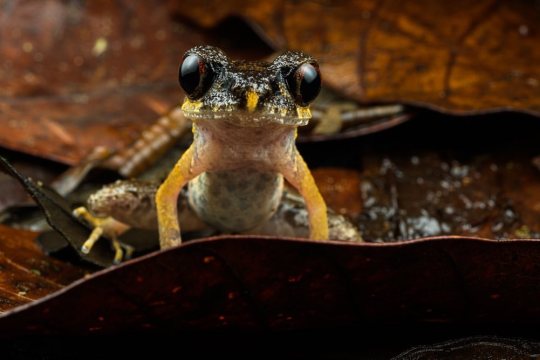
A beautiful and Near Threatened species endemic to Northern Borneo: the slender litter frog (Leptolalax gracilis). It lives in tropical moist forest close to little streams and its population is decreasing mainly because of habitat loss. #leptolalax #megophrydae #picoftheday #herping #herpingtheglobe #conservation #iucn #iucnredlist #amphibianconservation #borneo #malaysia @ilcp_photographers https://www.instagram.com/p/ChG1rNGPzk8/?igshid=NGJjMDIxMWI=
#leptolalax#megophrydae#picoftheday#herping#herpingtheglobe#conservation#iucn#iucnredlist#amphibianconservation#borneo#malaysia
203 notes
·
View notes
Text

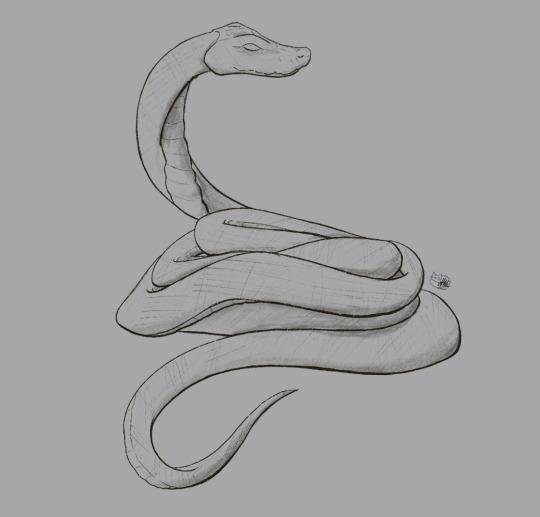
Outline for Burmese Python & Binturong
Lowkey wanna leave it like it is, but I need to color it lol.
#art#snake art#endangered animals#endangered animal art#animal art#burmese python#binturong#iucnredlist#iucn
13 notes
·
View notes
Text
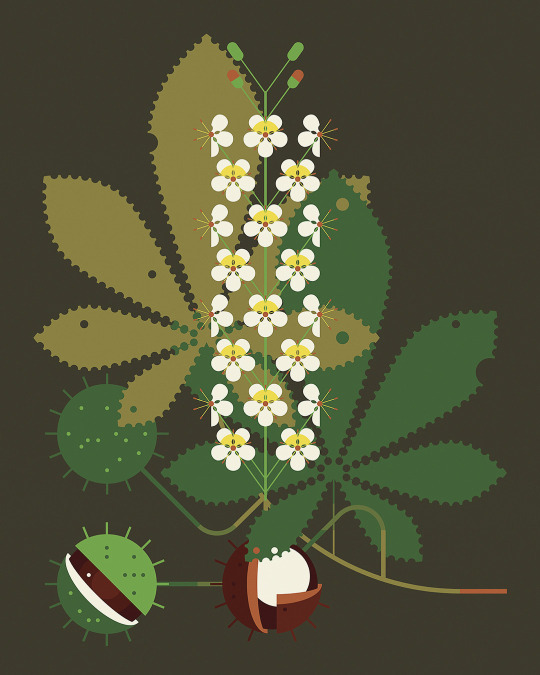
Conkers/Horse Chestnuts are now listed as near threatened on global IUCN Red List of Threatened Species Instagram
#iucn#iucnredlist#illustrators on tumblr#artists on tumblr#illustration#art#digital art#drawing#graphic design#photoshop#adobe#conker#plants#plantbr#vector
269 notes
·
View notes
Photo

33% of reef corals are In danger of EXTINCTION! According to #iucnredlist⠀ Reef corals are suffering mass die-offs from heat stress. 𝗧𝗵𝗲𝗿𝗲 𝗮𝗿𝗲 𝘀𝗼𝗺𝗲 𝗼𝗳 𝘁𝗵𝗲 𝗺𝗼𝘀𝘁 𝗶𝗺𝗽𝗼𝗿𝘁𝗮𝗻𝘁 𝗮𝗻𝗱 𝗱𝗶𝘃𝗲𝗿𝘀𝗲 𝗲𝗰𝗼𝘀𝘆𝘀𝘁𝗲𝗺𝘀 𝗼𝗻 𝘁𝗵𝗲 𝗽𝗹𝗮𝗻𝗲𝘁, which provide food and protection from storms for hundreds of thousands of people.⠀⠀ "These reefs create a microcosm story: they are a metaphor for where the world is going, and one of the strongest signs of an impact of climate change on ecosystems." Professor Ove HoeghGuldberg. read more: https://www.newscientist.com/article/mg22630160-300-soon-every-summer-will-be-too-hot-for-corals/#ixzz6U4FoXPg1⠀⠀⠀⠀ #the true #extinction #ecosystem #ecology #reef corals #savetheplanet #earthminded #protectourplanet #savetheanimals #LoveRageRebel #TellTheTruth #ChangeIsNow #DecideTogether #actnow #extinctionrebellion https://www.instagram.com/p/CDtbBpZnmdW/?igshid=13bxwjayxphgo
#iucnredlist#ixzz6u4foxpg1#the#extinction#ecosystem#ecology#reef#savetheplanet#earthminded#protectourplanet#savetheanimals#loveragerebel#tellthetruth#changeisnow#decidetogether#actnow#extinctionrebellion
1 note
·
View note
Photo

One of Thailand’s iconic primates a White-Handed Gibbon. Gibbons are not monkeys but apes and are largely arboreal and travel from tree to tree using brachiation, using their powerful arms to grab branches and swing a jump their way around their territory This is a #repost @itsawildlifeofficial via @PhotoAroundApp White-handed Gibbon - Hylobates lar This species of gibbon was photographed in southern Thailand. The White-handed gibbon is listed as endangered. #thaigibbon #thailandgibbon #gibbon #whitehandedgibbon #thailandwildlife #wildlifethailand #wildlifeofthailand #warf #thewildanimalrescuefoundationofthailand #gibbonproject #gibbonrehabilitationproject #wildprimates #primatesofinstagram #endangeredprimates #primate #primates #endangeredspecies #endangeredprimates #grp_phuket #iucnredlist #natgeo #nationalgeographic #natgeowild #airasia #airasiax #thaiairways https://www.instagram.com/p/B7z5LwxADr1/?igshid=1q8i1tozi97xm
#repost#thaigibbon#thailandgibbon#gibbon#whitehandedgibbon#thailandwildlife#wildlifethailand#wildlifeofthailand#warf#thewildanimalrescuefoundationofthailand#gibbonproject#gibbonrehabilitationproject#wildprimates#primatesofinstagram#endangeredprimates#primate#primates#endangeredspecies#grp_phuket#iucnredlist#natgeo#nationalgeographic#natgeowild#airasia#airasiax#thaiairways
3 notes
·
View notes
Photo

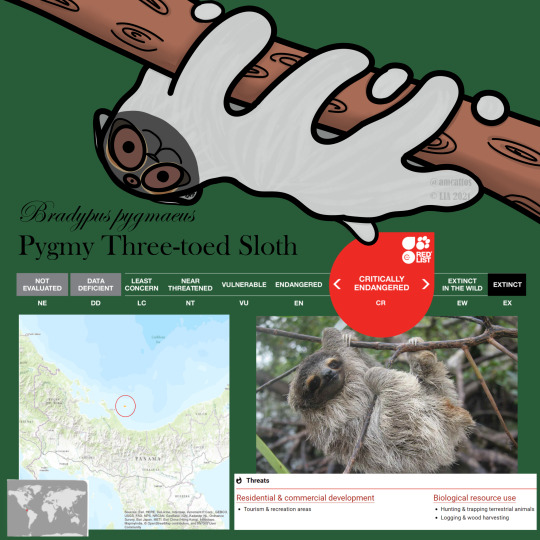
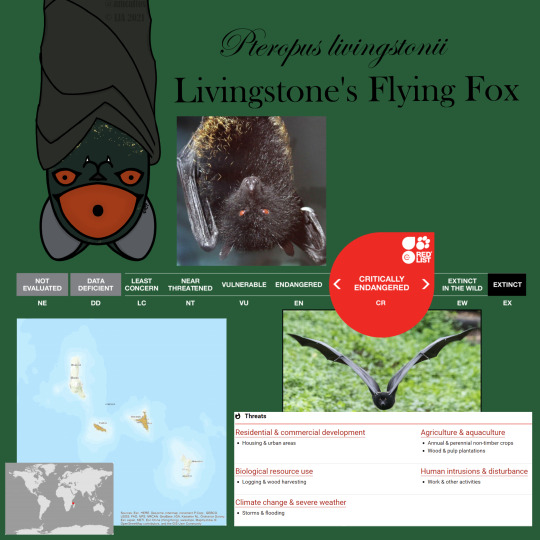


(c) LIA 2021
Week 2: Floral
“Wild Hearts Challenge 2021″
6 endangered species from forest habitats, including 3 mammals, 2 plants and 1 fungus:
Pygmy Three-Toed Sloth (Isla Escudo de Veraguas, Bocas del Toro Islands, Panama)
Livingstone’s Flying Fox (Anjouan and Mohéli, Union of the Comoros)
Flat-Headed Cat (Sumatra, Borneo and the Malayan Peninsula)
Dypsis cookei (Marojejy mountain, northern Madagascar)
Tiny Flowered Paphiopedilum (northern Viet Nam & southern China)
Barbie Pagoda (New Caledonia)
All are either critically endangered or endangered.
Buy on Redbubble!
For more information, see:
Sewall, B.J., Young, R., Trewhella, W.J., Rodríguez-Clark, K.M. & Granek, E.F. 2016. Pteropus livingstonii. The IUCN Red List of Threatened Species 2016: e.T18732A22081502. https://dx.doi.org/10.2305/IUCN.UK.2016-2.RLTS.T18732A22081502.en. Downloaded on 24 January 2021.
Wilting, A., Brodie, J., Cheyne, S., Hearn, A., Lynam, A., Mathai, J., McCarthy, J., Meijaard, E., Mohamed, A., Ross, J., Sunarto, S. & Traeholt, C. 2015. Prionailurus planiceps. The IUCN Red List of Threatened Species 2015: e.T18148A50662095. https://dx.doi.org/10.2305/IUCN.UK.2015-2.RLTS.T18148A50662095.en. Downloaded on 24 January 2021.
Voirin, B., Smith, D., Chiarello, A. & Moraes-Barros, N. 2014. Bradypus pygmaeus. The IUCN Red List of Threatened Species 2014: e.T61925A47444229. https://dx.doi.org/10.2305/IUCN.UK.2014-1.RLTS.T61925A47444229.en. Downloaded on 24 January 2021.
Rakotoarinivo, M. & Dransfield, J. 2012. Dypsis cookei. The IUCN Red List of Threatened Species 2012: e.T195980A2438774. https://dx.doi.org/10.2305/IUCN.UK.2012.RLTS.T195980A2438774.en. Downloaded on 24 January 2021.
Rankou, H. & Averyanov, L. 2015. Paphiopedilum micranthum. The IUCN Red List of Threatened Species 2015: e.T191772A2002560. https://dx.doi.org/10.2305/IUCN.UK.2015-2.RLTS.T191772A2002560.en. Downloaded on 24 January 2021.
Leonard, P.L. 2019. Podoserpula miranda. The IUCN Red List of Threatened Species 2019: e.T154605211A154605228. https://dx.doi.org/10.2305/IUCN.UK.2019-3.RLTS.T154605211A154605228.en. Downloaded on 24 January 2021.
#cat#catto#alien#monster#alien monster#alien monster cattos#digital art#Digital Illustration#Illustration#wildhearts2021#wild hearts 2021#wildlife conservation#wildlife#wildlife art#IUCN#redlist#iucnredlist#endangered#endangered species#critically endangered#flat-headed cat#livingstone's flying fox#pygmy three-toed sloth#flying fox#wildcat#sloth#forest#barbie pagoda#orchid#fungus
7 notes
·
View notes
Text
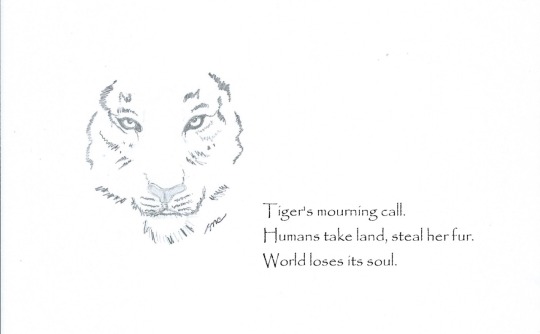
“Endangered” haiku..
4 notes
·
View notes
Photo
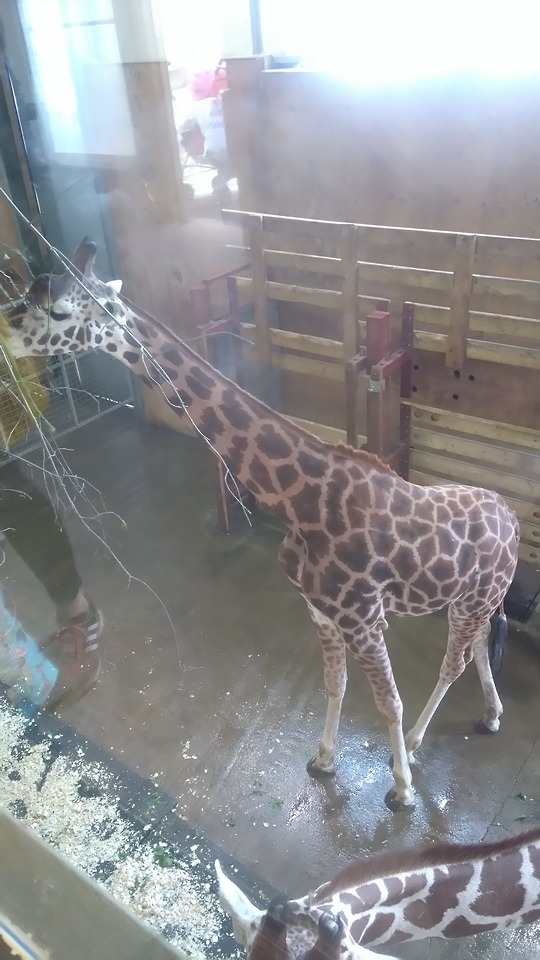
The IUCN has finally declared a subspecies of giraffe endangered! There are 35,000 giraffes of the Masai subspecies left in the wild which is a devastatingly low number, however it seems so strange that the Rothschild species haven’t also been declared endangered with only 400 of them left. Come on IUCN!
1 note
·
View note
Text
Tahukah kamu? Rubah Arktik: guardian ekosistem dengan pesona bulu putihnya! 🌨️❄️ #RubahArktik #TundraProtector #MysticalWhiteFox 🌐 Ready For Daily Update..!!! 🤘 Comment down Your Opinion And wait... Don't forget to Follow @leon_ashr 💥💥💥 #leonfact #iucnredlist #faktahewan #spesiesterancam #konservasihewan #keanekaragamansatwa #perlindunganspesies #cegahpunah #faktaunik #selamatkanhewan #upayakonservasi #kesadaranlingkungan #krisisekologi #keberhasilankonservasi #perlindunganekosistem #konservasi #wildlife #canidiinstagram #canid #canis
instagram
0 notes
Photo

Sketching next card featuring an endangered Philippine island Mindoro hornbill bird person as the Star of stars. Be a Star! ❤️🎨 #NoahXArts #Bird #BirdWar #tarot #star #pencil #drawing #majorarcana #endangered #birdart #IUCNredlist #hornbill #philippine #1home #surreal #art #conceptual #SymbolicRealism #symbolic #magic #occult #spiritual #magicalgeometry #artist #wip #artistsoninstagram #contemporaryart #madison #wi #travelingartist (at Madison, Wisconsin) https://www.instagram.com/p/Ca-D6Nmr8me/?utm_medium=tumblr
#noahxarts#bird#birdwar#tarot#star#pencil#drawing#majorarcana#endangered#birdart#iucnredlist#hornbill#philippine#1home#surreal#art#conceptual#symbolicrealism#symbolic#magic#occult#spiritual#magicalgeometry#artist#wip#artistsoninstagram#contemporaryart#madison#wi#travelingartist
1 note
·
View note
Photo

I think I’ve reached maximum panda fluffiness with this smol boi. It’s an illustration I’ve done for an infographic in university which you can see on my Instagram!
#infographic#graphicdesign#vectors#vector#vectorgraphic#illustrator#indesign#illustratorcc#indesigncc#creativecloud#creative#cloud#adobe#adobeillustrator#adobeindesign#panda#giantpanda#diagrams#iucnredlist#redlist#wwf#environment#nature#illustration#china#chinesepanda
1 note
·
View note
Text


#2 of IUCN Red List Animals: Burmese Python
Status:
Endangered in Native Habitat
Invasive to Florida Everglades
Prominent in captivity
**
Burmese Pythons are an interesting case when it comes to animals on the Red List. As stated above, their population is stable in captivity (and in the Florida Everglades) while simultaneously being endangered in their natural habitat, Southeast Asia.
Aside from having a peculiar conservation status, Burmese Pythons are a super interesting creature! They can grow up to 26ft long as many snakes continue to grow depending on the amount of food around. Like many other snakes, they have unhingable jaws which they use to swallow prey while.
#burmese python#python#snake#snake art#python art#endangered animals#animals#endangered animal art#animal art#animal awareness#iucnredlist#iucn
5 notes
·
View notes